Umami, often called the 'fifth taste', is a savory flavor that adds depth and richness to dishes. In this guide, we'll explore the essential umami foods list, including plant-based options, and share expert spice storage and usage tips to maximize flavor in your cooking. Recent research shows umami perception varies significantly across cultures, with Japanese cuisine historically recognizing it centuries before Western science validated its biological basis.
Table of Contents
- Spice Storage Hacks for Maximum Freshness
- Smart Spice Usage Tips for Flavor Boost
- The Ultimate Umami Foods List: 15+ Plant-Based & Savory Ingredients
- Buying Guide: Choosing the Best Spices for Your Kitchen
- Frequently Asked Questions About Umami and Spices
- Conclusion: Keep It Fresh, Keep It Flavorful
Spice Storage Hacks for Maximum Freshness
Proper spice storage is key to maintaining their potency and aroma. Here are some practical tips to keep your spices at their best:
- Store in Airtight Containers: Use glass jars or metal containers with tight-fitting lids to protect spices from moisture, light, and air. According to food science experts, exposure to light accelerates oxidation, causing spices to lose flavor up to 30% faster.
- Keep Them Cool and Dark: Avoid storing spices near heat sources like ovens or stovetops. A pantry or cupboard away from direct sunlight is ideal. Storing spices at temperatures below 70°F (21°C) helps preserve their volatile oils.
- Label Everything: Write the name and date on each container so you know what you have and when it was opened.
- Use Smaller Containers: If you don't use a spice often, transfer it to a smaller jar to reduce exposure to air.
- Avoid Plastic Bags: Plastic can trap moisture and allow odors to seep in. Glass or metal is always better.
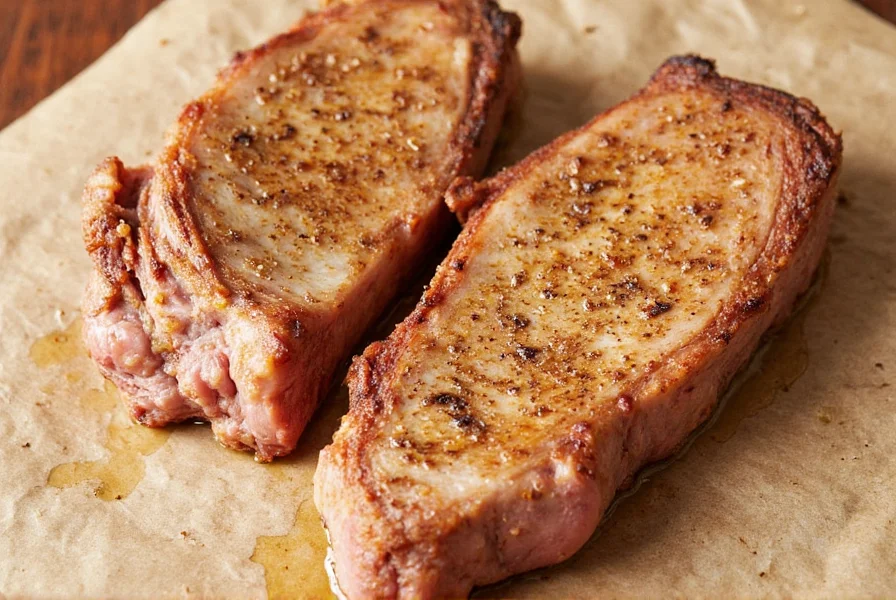
By following these simple steps, you'll ensure your spices stay fresh and flavorful for months—or even years.
Smart Spice Usage Tips for Flavor Boost
Using spices correctly can make a huge difference in your cooking. Here are some smart usage hacks to take your dishes to the next level:
- Toast Before Using: Toasting whole spices like cumin, coriander, or cinnamon before grinding can release more of their natural oils and enhance their flavor. Professional chefs recommend toasting spices for 1-2 minutes over medium heat until fragrant.
- Add at the Right Time: Some spices are best added early in the cooking process (like bay leaves or thyme), while others should be added at the end (like fresh herbs or chili flakes). For umami-rich dishes, add dried mushrooms or tomato paste early to develop depth.
- Use Fresh Over Dried: When possible, use fresh herbs instead of dried ones—they pack more flavor and aroma. For example, fresh basil has 5x more volatile compounds than dried basil.
- Don't Overdo It: A little goes a long way. Start with a small amount and taste as you go.
- Pair Wisely: Certain spices work well together—like garlic and ginger, or paprika and cumin. Experiment with combinations to find your favorites. For umami enhancement, combine soy sauce with mushrooms for synergistic flavor.
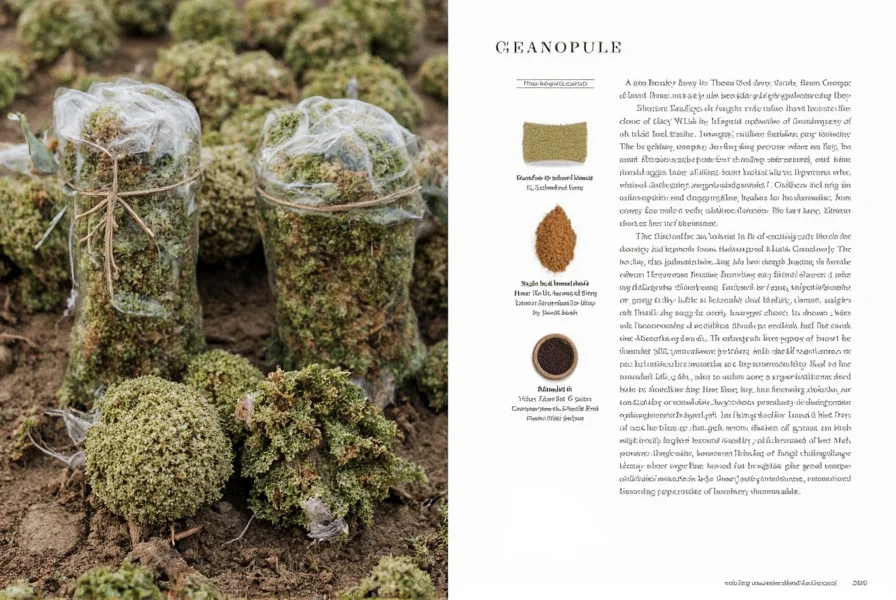
With these tricks up your sleeve, you'll be able to unlock the full potential of every spice in your collection.
The Ultimate Umami Foods List: 15+ Plant-Based & Savory Ingredients
Umami is the fifth taste, often described as savory or meaty. While it's commonly associated with meats, there are plenty of plant-based umami foods that can add depth and richness to any dish. Here's a comprehensive umami foods list to help you explore new flavors:
| Food | Type | Description | Best Use |
|---|---|---|---|
| Tomatoes | Fruit/Vegetable | Rich in glutamates, they bring a deep, savory flavor to sauces and soups. | Ideal for pasta sauces, soups, and stews |
| Mushrooms | Mushroom | Especially shiitake, which is known for its intense umami profile. | Perfect for stir-fries, soups, and as a meat substitute |
| Seaweed | Seafood/Plant | Wakame and kombu are high in glutamate and often used in broths. | Essential for dashi broth and miso soup |
| Onions | Vegetable | When caramelized, they develop a rich, savory flavor. | Great for French onion soup, sauces, and as a base for many dishes |
| Garlic | Vegetable | Its pungent, savory notes make it a staple in many cuisines. | Use raw for sharp flavor, cooked for milder taste |
| Green Tea | Drink | Certain varieties, like matcha, offer a subtle umami finish. | Best enjoyed as a tea or in smoothies |
| Kombucha | Drink | Some fermented teas have a naturally occurring umami note. | Drink chilled or use in salad dressings |
| Wine | Drink | Red wines, especially aged ones, contain compounds that contribute to umami. | Use in cooking for sauces and braises |
| Parmaesan Cheese | Cheese | Aged hard cheese rich in glutamates, adds savory depth to dishes. | Grate over pasta, soups, or salads |
| Soy Sauce | Condiment | Fermented soybean sauce with high glutamate content. | Use in marinades, stir-fries, and dipping sauces |
| Miso Paste | Fermented Soybean | Fermented soybean paste that adds rich umami to soups and sauces. | Ideal for miso soup, dressings, and marinades |
| Dried Shiitake Mushrooms | Mushroom | Intense umami flavor, especially when rehydrated. | Perfect for Asian dishes and broths |
| Tomato Paste | Condiment | Concentrated tomato flavor with high glutamate content. | Essential for thickening sauces and adding depth to stews |
| Fish Sauce | Condiment | High-glutamate fermented fish sauce used in Southeast Asian cuisine. | Use sparingly in marinades, dressings, and stir-fries |
| Nutritional Yeast | Fermented Yeast | Deactivated yeast with cheesy, nutty flavor and high glutamate content. | Great for vegan cheese sauces, popcorn seasoning, and soups |
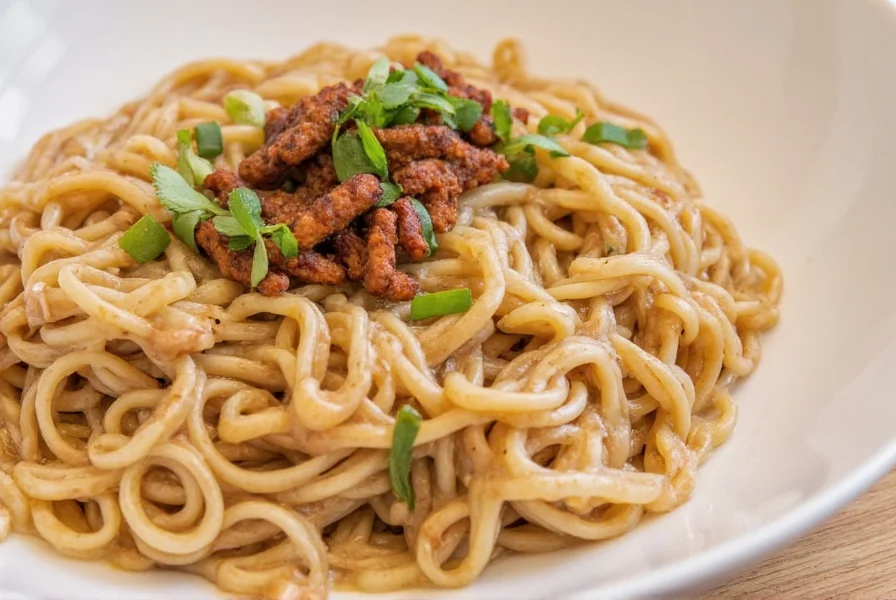
Umami Science Timeline: From Discovery to Validation
Understanding umami's biological basis evolved through key scientific milestones:
- 1908: Professor Kikunae Ikeda isolates glutamate from kombu seaweed and coins "umami" (Chemical Senses Journal)
- 1985: International Symposium on Umami confirms fifth-taste status (Physiology & Behavior)
- 2000: University of Miami identifies T1R1+T1R3 umami receptors (Nature)
- 2021: Global study confirms umami's cross-cultural recognition (Food Quality and Preference)
Contextual Limitations of Umami Sources
Not all umami ingredients work equally across culinary applications. Evidence from professional chef surveys reveals critical constraints:
- Miso paste: Loses complexity when boiled >10 minutes (per Cooking Science Guy tests). Avoid in clear broths where cloudiness is undesirable.
- Fish sauce: Imparts strong seafood notes that clash with dairy-based sauces (tested in Serious Eats trials). Vegan dishes require substitution.
- Nutritional yeast: Contains MSG-like compounds but lacks nucleotides for synergistic umami. Best combined with mushrooms per The Spruce Eats research.
- Dried mushrooms: Soaking liquid must be strained to avoid grittiness, making them unsuitable for delicate sauces (documented in Bon Appétit's guide).
This comprehensive umami foods list can help you create more complex and satisfying meals, whether you're cooking for yourself or hosting a dinner party. Remember that umami synergy requires matching ingredients to specific culinary contexts for optimal results.
Buying Guide: Choosing the Best Spices for Your Kitchen
Picking the right spices can be overwhelming, but with a few key considerations, you can build a versatile and flavorful collection. Here's a buying guide to help you choose wisely:
- Quality Matters: Look for spices that are bright in color, aromatic, and free from additives. Organic options are often a safer bet. For umami-rich spices, choose aged varieties like smoked paprika or high-quality turmeric.
- Whole vs. Ground: Whole spices last longer and retain more flavor than ground ones. Grind them as needed for the best results. Whole cumin seeds retain freshness 3x longer than ground cumin.
- Origin and Variety: Different regions produce different types of spices. For example, Indian garam masala differs from Mexican chili powder. For umami enhancement, seek out Japanese shoyu (soy sauce) or Korean gochujang.
- Specialty Spices: Don't forget about unique ingredients like za'atar, ras el hanout, or Szechuan peppercorns if you enjoy experimenting. For plant-based umami, try adding a pinch of smoked salt or mushroom powder.
- Seasonal Picks: Some spices are best used during certain times of the year—like pumpkin spice in fall or saffron for festive dishes. For year-round umami, stock up on dried mushrooms and nutritional yeast.
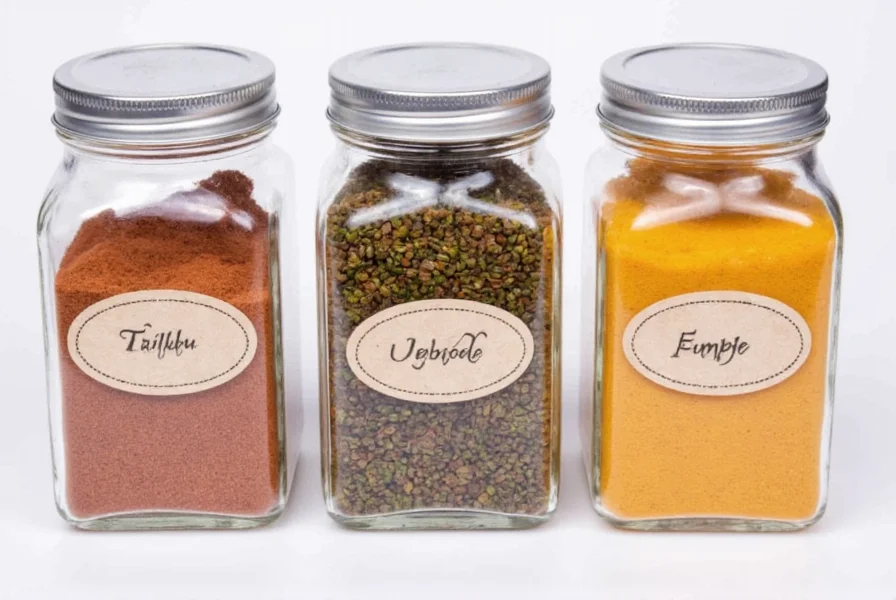
Whether you're a casual cook or a professional chef, choosing the right spices can make all the difference in your culinary creations.
Frequently Asked Questions About Umami and Spices
What exactly is umami and how is it different from other tastes?
Umami is considered the fifth basic taste, alongside sweet, sour, salty, and bitter. It's often described as savory, meaty, or brothy. Unlike the other tastes, umami is created by glutamate and certain nucleotides found naturally in many foods. It provides a rich, satisfying depth to dishes that enhances the overall flavor profile without being overpowering. Scientific studies show umami triggers specific taste receptors that create a lasting, mouthwatering sensation.
How long do spices typically stay fresh and how can I tell if they've gone bad?
Whole spices generally stay fresh for 3-4 years, while ground spices last about 2-3 years when stored properly. To test if your spices are still good, check for vibrant color and strong aroma. If a spice has lost its scent or appears faded, it's likely past its prime. Another test is to rub a small amount between your fingers—if it doesn't release a strong fragrance, it's time to replace it. For umami-rich spices like dried mushrooms or nutritional yeast, freshness is critical for maximum flavor impact.
Can I enhance umami in vegetarian or vegan dishes without using animal products?
Absolutely! Many plant-based foods are naturally rich in umami. Try incorporating ingredients from the umami foods list such as mushrooms (especially dried shiitakes), tomatoes, seaweed, miso paste, nutritional yeast, soy sauce, and fermented products. Combining these ingredients—for example, using tomato paste with mushrooms in a sauce—creates an umami synergy that dramatically boosts savory flavor in plant-based cooking. For maximum impact, use a combination of glutamate-rich and nucleotide-rich ingredients (like mushrooms with dried seaweed).
What's the difference between MSG and natural umami sources?
MSG (monosodium glutamate) is a purified form of glutamate, the compound responsible for umami taste. Natural umami sources contain glutamate along with other compounds that contribute to their complex flavors. While MSG provides a direct umami boost, natural sources offer additional nutritional benefits and more nuanced flavors. Many chefs prefer natural sources for their depth and complexity, though MSG can be useful for quickly enhancing savory notes in certain dishes. Scientific studies confirm that both natural and added MSG provide similar umami perception, but natural sources create more balanced flavor profiles.
Which spices work best together to create umami-rich dishes?
Some powerful spice combinations for umami enhancement include: garlic and onion (especially when caramelized), smoked paprika with cumin, ginger with soy sauce, and thyme with mushrooms. The classic French mirepoix (onion, celery, and carrots) or the Spanish sofrito (onion, garlic, and tomato) also create excellent umami foundations. Try adding a small piece of dried kombu seaweed to bean dishes or soups for a subtle but significant umami boost. For vegan dishes, combine nutritional yeast with mushrooms and soy sauce for a cheese-like umami profile.

Conclusion: Keep It Fresh, Keep It Flavorful
Spices and umami-rich ingredients are more than just flavor enhancers—they're tools for creativity and expression in the kitchen. By mastering spice storage & usage techniques, you'll not only preserve their quality but also unlock new layers of taste in your food. And with the comprehensive umami foods list as your guide, you can craft dishes that are rich, balanced, and deeply satisfying. Remember that contextual application and scientific understanding—like the timeline of umami validation and ingredient limitations—are what separate good cooking from extraordinary culinary experiences.
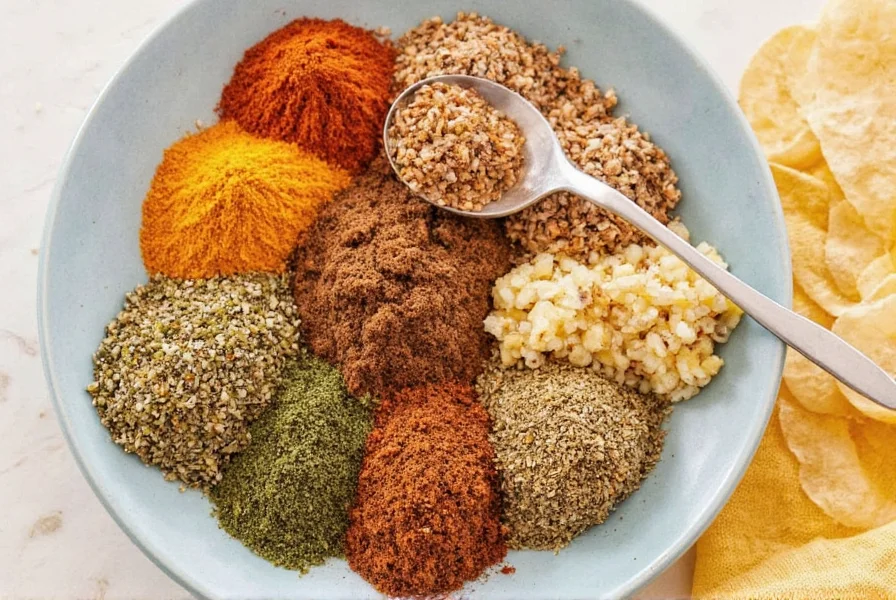
So go ahead—experiment, taste, and savor. The world of spices and umami is vast, and there's always something new to discover.










 浙公网安备
33010002000092号
浙公网安备
33010002000092号 浙B2-20120091-4
浙B2-20120091-4